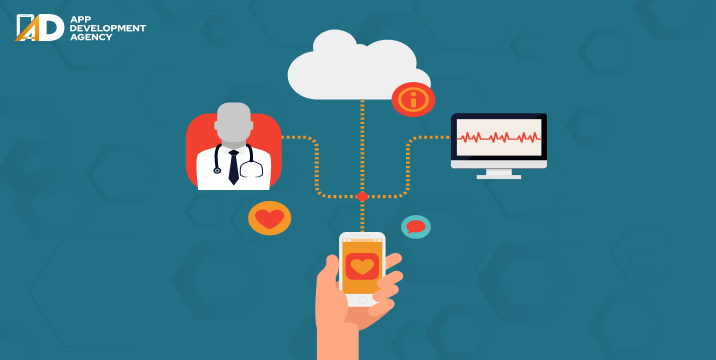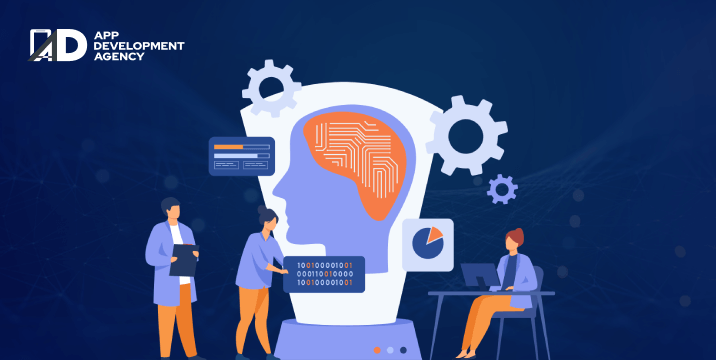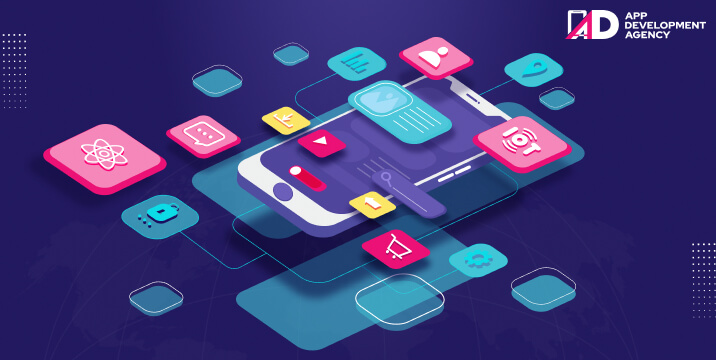Here is a copious illustration of the importance of including machine learning in our mobile applications!
Today’s Web-enabled deluge of electronic data calls for automated methods of data analysis. Machine Learning provides these, developing methods that can automatically detect patterns in data and then use the uncovered patterns to predict future data.
All pertaining verticals relating to emerging technologies like Hybrid cloud, cloud computing, confidential computing, Data Lake, Data Warehouse, Artificial Intelligence (AI), Machine Learning, DevOps, Micro-services include conditional random fields like L1 regularization, deep learning, to derive applications in biology, text processing, computer vision, robotics. Additionally, a simple language translator tool on mobile phones or a virtual assistant in e-commerce shopping apps fall in this category.
These technologies use heuristic methods, model-based approaches, and graphical models to specify models concisely and intuitively. MATLAB software package – PMTK (probabilistic modeling toolkit), which is freely available online, implements such models.
OpenAI’s GPT-3 is one of the best-known language models, but the “RETRO” language model can beat 25 times its size.
Python and its libraries, including pandas and scikit – learn are helpful in loading data, handling text, numerical data, model selection, and dimensionality reduction.
It also assists in handling numerical and categorical data, text, images, dates, and times for dimensionality reduction using feature extraction or feature selection. Model evaluation and selection – linear and logical regression, trees, forests, and K-nearest neighbors, support vector machines (SVM), nave Bayes, clustering, neural networks, saving and loading trained models.
If you are aware of the basics, how it works, and what purpose it solves, you can put in some coding, and deep learning algorithms to embed it within your mobile applications.
More tools that you require:

Do you often confuse artificial intelligence, machine learning, neural networks, deep learning? Here’s some soup for your soul. AI is the parent concern, and ML, Neural Networks, Deep learning are its subfields.

Machine Learning in production helps solve real-world problems in production environments. It is for the data scientists who build upon Agile Principles to quickly deliver significant value in production, resisting overhyped tools, and unnecessary complexity. Machine Learning Techniques such as linear regression, classification, clustering, Bayesian inference help choose the right algorithm for each production problem. Aligning hardware, infrastructure, and distributed systems offers unique, and invaluable guidance on optimization in production environments. It lets you focus on what matters in production – solving the problems that offer the highest return on investment, using the simplest, lowest-risk approaches that work.
Supervised machine learning is a subcategory of machine learning and artificial intelligence that uses labeled datasets to train algorithms that accurately classify data or predict outcomes. Organizations use supervised learning to solve real-world problems like classifying spam in a separate folder from your inbox. It is also used in data mining – classification and regression, making projections for sales revenues.
While several advancements outline AI, certain improvements can be concerning. Some such meliorations can be highly discriminative, and biased when trained on certain datasets. AI has been used to generate fake nudity and to power autonomous weapons.
An AI-based technology – Deepfake replaces an individual’s face in an image or a video with an artificial one and has ever since become a subject of many controversies.
While ML development companies coalesce one or all of these techniques to facilitate voice recognition, image analysis, text or recognition, video analysis, image recognition, robotics, pattern recognition, classification, clustering, Natural language processing, biometric identification. AWS or Google Cloud in combination with various ML frameworks like TensorFlow/Keras model, PyTorch from Facebook, Google Cloud ML/Cloud Vision, Firebase ML kit with TensorFlow Lite, AWS suite, OpenCV, Kaggel are used to create mobile applications that are differentiable based on speed, processing, size and complexity, storage, fault tolerance, control mechanism. Artificial Intelligence systems generate convincing texts, converse with humans, and respond to questions. Follow us for more!

Healthcare industry is stepping up by the day with every new advancements in E-consultations, real-time diagnosis, telemedicine, AI enabled robot systems to do routine unskilled tasks, accessing digital therapeutics provided by immersion technology tools. Healthcare industry data flows from operations to analysis. It eventually has to abide by a structure to store critical information about …
Continue reading “How Does Healthcare Intersect with Cloud Computing in 2023?”
Read More
Instagram suggests reels based on what you’ve watched before, but how does it decide what to suggest? Using machine learning algorithms, Instagram determines which reels a user should engage with based on which reels they have interacted with previously and whether they have been in contact with the creators. Machine learning (ML) is the branch …
Read More
JavaScript frameworks like React, Angular, Vue, Svelte and JS templating engines like Template 7, Squirrelly, JSRender, Jade Language, Marko, Hogan, Webix, Pug, Underscore, Nunjucks, EJS, doT, Handlebars, and Mustache offer simple templates to give developers a starting point and let them go over that first bump of getting something, anything in the browser. Once that …
Continue reading “ReactJS for IoT Apps in 2023 and Beyond”
Read More